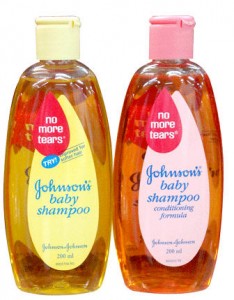I found this on the blog of a lawyer from British Columbia and thought it was interesting. In this case the Defendant driver was found negligent for having parked on the side of the road with his high beams on that caused the Plaintiff driver who was driving on the opposite side to drive off the road.
The decision can be found here.
Below are some key excerpts from the judgement.
[25] Those circumstances included the fact that, although he was not parked on the roadway, the defendant knew or should have known that he was close enough to it that his headlights to be visible to oncoming traffic. He also knew or should have known that there were no streetlights or other sources of light that would help oncoming drivers determine the position of his vehicle.
[26] In those circumstances, it was reasonably foreseeable that an approaching driver seeing the defendant’s headlights would assume they were the lights of an oncoming vehicle in the northbound lane and would attempt to ensure that she stayed to the right of that vehicle….
I find that if the defendant had properly turned his mind to the potential hazard he was creating, the proper course would have been to turn off his headlights. If the absence of light from his headlights would have made it more difficult for the defendant to find and open his mailbox, that problem could have been solved with the simple use of a small flashlight.
[29] The hazard created by the defendant in stopping as he did was aggravated by the fact his lights were on high beam, further interfering with the ability of the plaintiff to properly see and assess the situation…
I find that, by leaving his lights on high beam, the defendant was in further breach of his common law duty of care. Whether or not he was stopped on a portion of the highway, the defendant clearly knew or ought to have known that he was stopped close enough to the travelled road surface that his headlights would be shining toward oncoming drivers and the vision of those drivers could be impaired if the lights were on high beam.
[33] I therefore conclude that, in stopping his car in the position he did with his headlights not only illuminated but on high beam, the defendant breached his duty of care.

